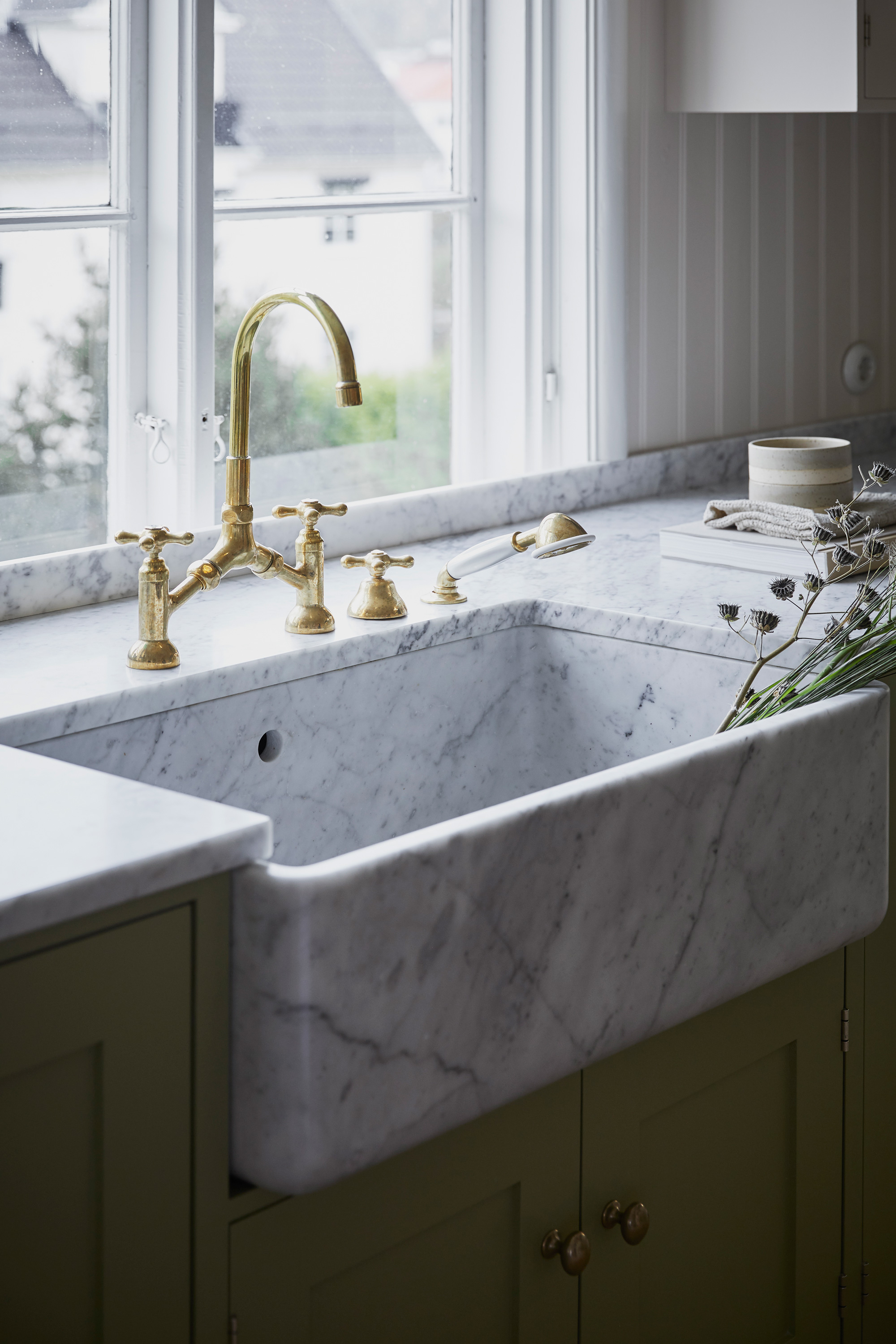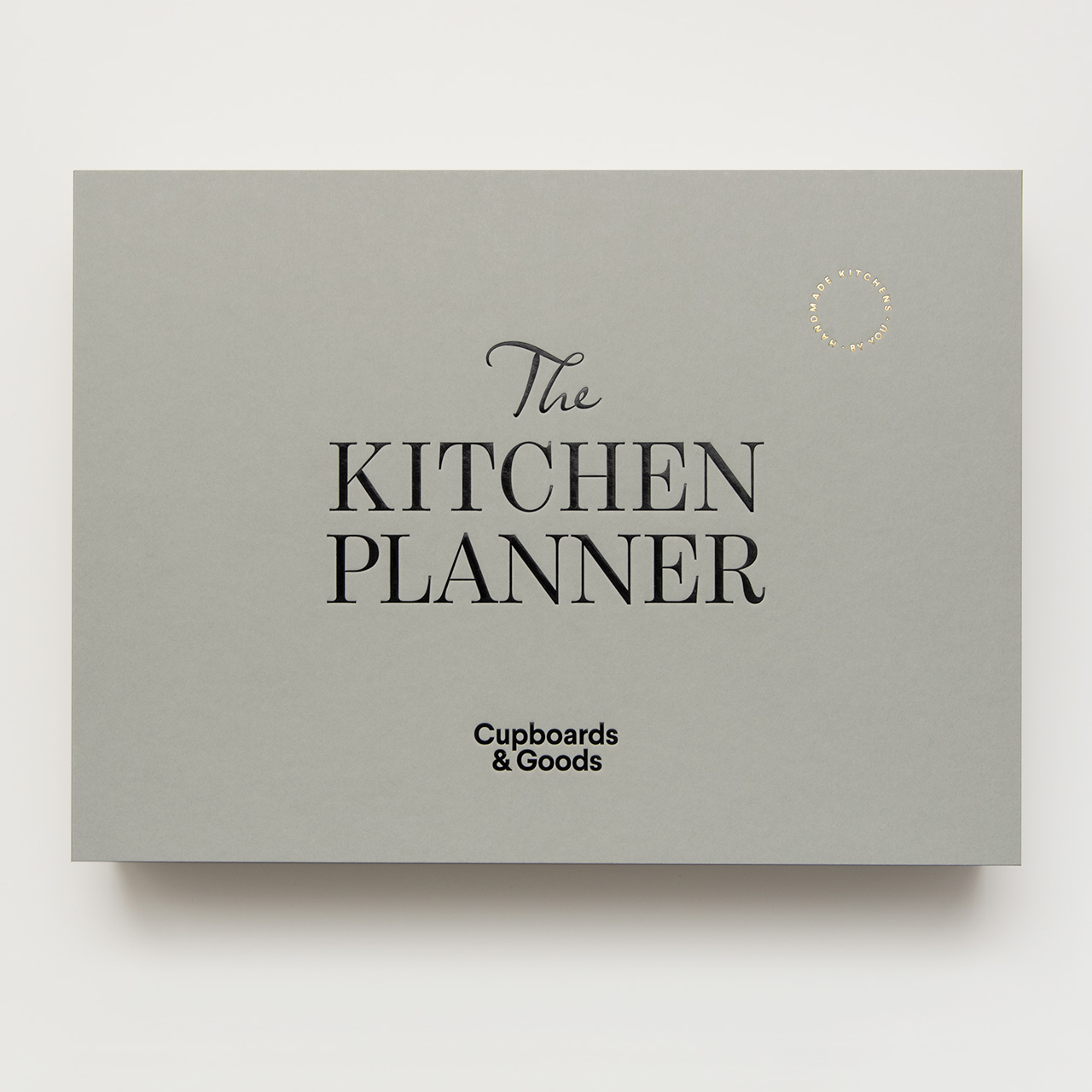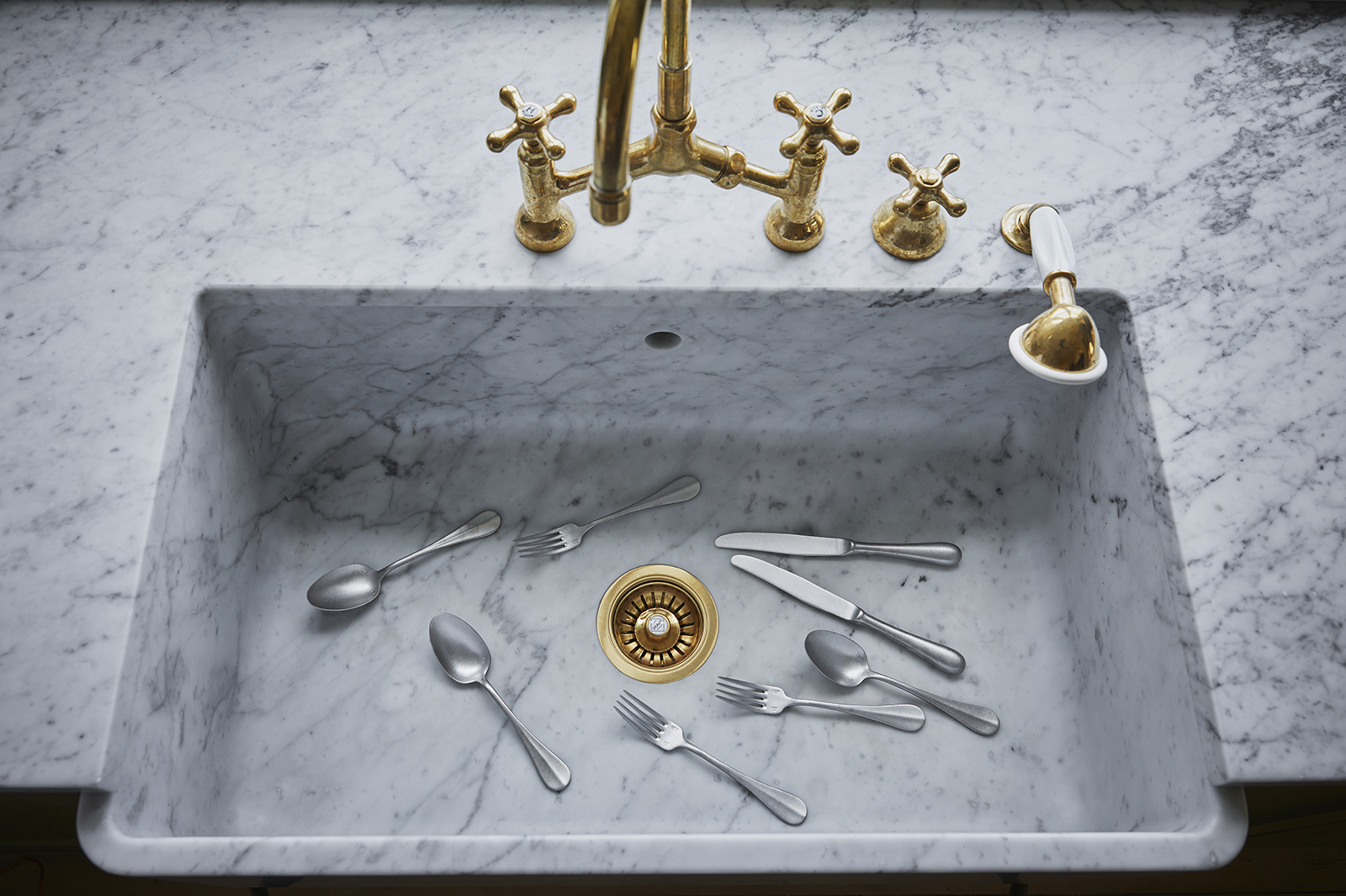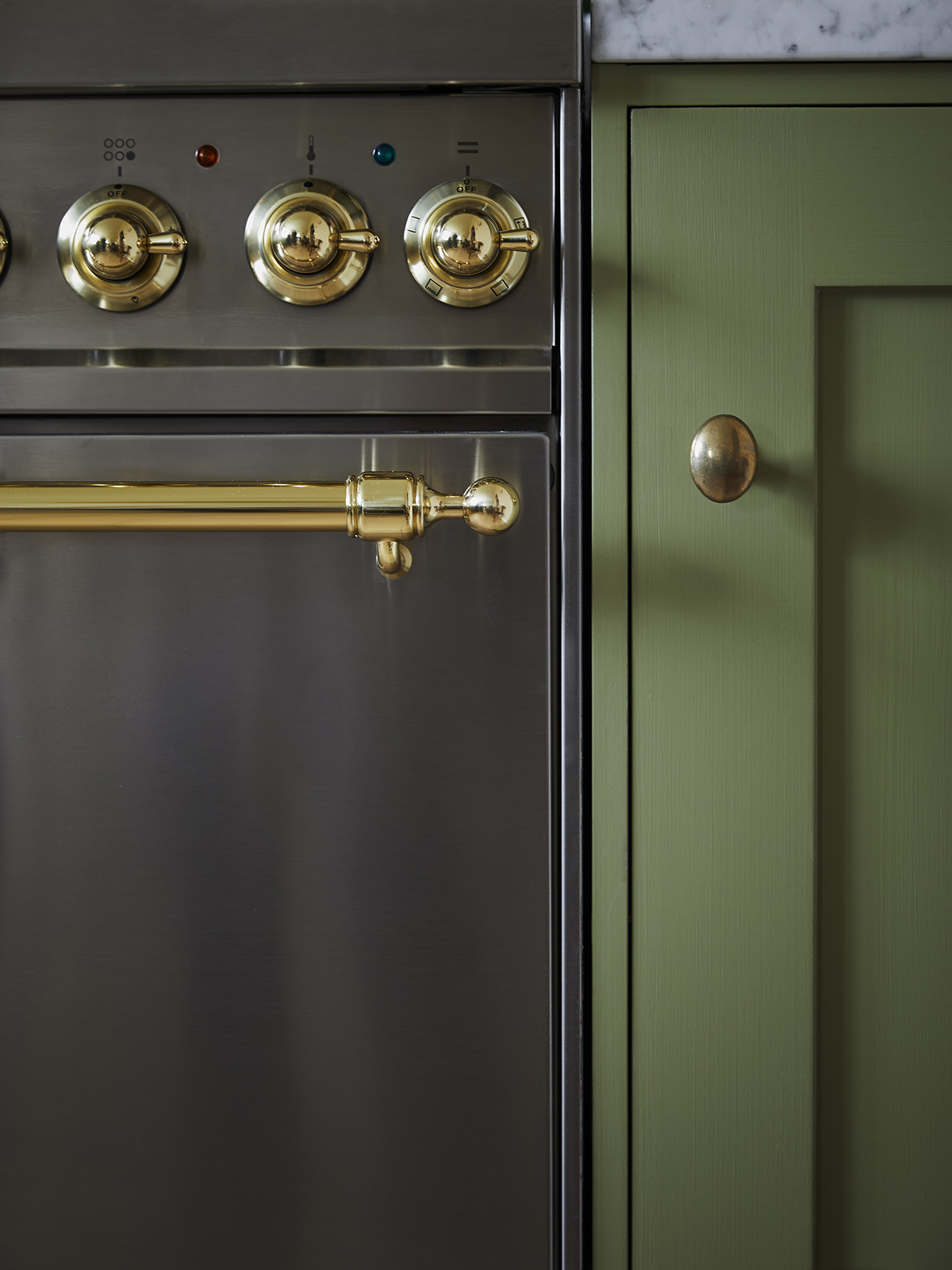
How to choose the right worktop
How to choose the right worktop
We conceive beautiful, handmade kitchens that will be with you for a long time, and we encourage the selection of natural materials for your new worktops. As worktops are put into daily use, they will slowly build a pleasant and personal character, capturing the memories of family dinners, fun parties and delicious midnight snacks. The subtle traces of living add depth and beauty over time.
1.
Natural, naturally…We prefer worktops in natural materials for our cabinets. Wood and stone age beautifully with proper maintenance.
2.
Mix materials! Feel free to use different worktops in different parts of the kitchen such as the kitchen island and different sections of base cupboards.
3.
There are several different types of edging that contribute to the personality and character of the kitchen.
4.
We generally recommend also buying a back upstand for your worktop. It simplifies cleaning and is a nice detail.
Every budget is different, but a big chunk of it is often used on the choice of worktops. Achieving a long-lasting and high-quality return on your investment often means choosing hard-wearing and preferably natural materials as they are durable, age well and add tons of character to your kitchen. We love how natural materials lend themselves to being cleaned and cared for by natural and non-toxic detergents, contributing to a healthy kitchen environment as well as caring for nature. Take a closer look at the characteristics of some of our popular worktop options in our web shop.
Another aspect to consider is the number of angles and corners in your new kitchen. When getting your new worktops cut, every angle and corner will add to the cost, meaning that a straight run is always the most affordable option. To get a clear vision of your kitchen and the total length of worktop (and various cuts and customisations) needed, we recommend using the Kitchen Planner™ from Cupboards & Goods. Once we know the dimensions of your selected cabinet, we can give you a quote for your worktop. Note that we only sell worktops to customers in Sweden and Denmark.
Here’s the Cupboards & Goods guide on worktops to further educate yourself before choosing the right one for your kitchen.
Granite Nero Assoluto
Pros: This natural material is available in a host of different patterns and colours. Every piece is unique due to its natural origins. It is very durable and stands up well to spills, hot pans and knife nicks.
Cons: To retain its natural beauty, it is recommended that granite is sealed every so often. That is, of course, depending on how quickly you prefer a nice patina to develop.
Marble Carrara C
Pros: When it comes to a feeling of old-world luxury and elegance, nothing comes close to marble. It can take the heat of a pan and its inherent coolness lends itself to baking and making pastries.
Cons: Even with regular sealing, it is very susceptible to staining and etching, as well as scratches and chipping.
Limestone Azul Valverde
Pros: There is a huge variety of colours and finishes available in this durable natural stone. While difficult to choose, the chances of finding a perfect match for the colour scheme of your kitchen and your personal taste are very good.
Cons: It is a porous natural stone that needs care and attention with regular oil-based polishing. Consider having it professionally sealed if it is to be frequently exposed to wine and other acidic liquids.
Wooden worktop
Pros: Wooden worktops exude warmth and display a natural and patterned look. Any scratches and marks caused by daily use add character or can be sanded down to help the worktop retain its “new” look.
Cons: Wood is a live material that expands and contracts with temperature and humidity. Regular oiling is necessary to keep it beautiful and to protect the surface.
Always check your local regulations
If you are changing the layout of your kitchen, always consult with your local authorities to access the most up-to-date information in order to comply with legal requirements and building codes.







